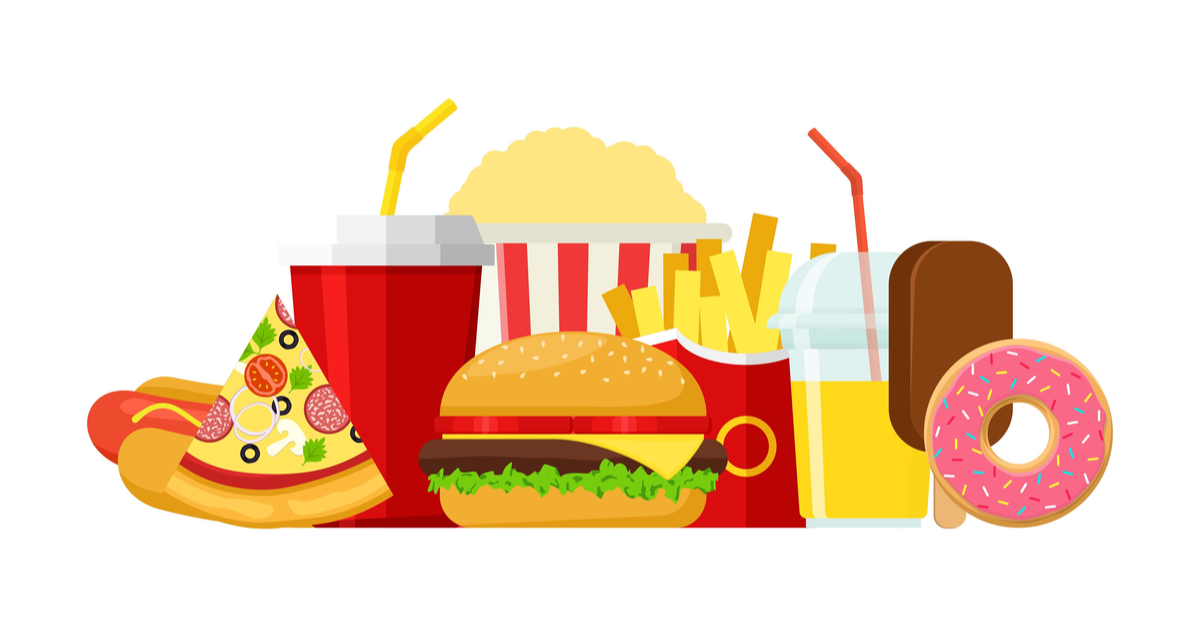
We’re an affiliate!
We hope you love the books we recommend! Just so you know, we may collect a share of sales or other compensation from the links on this page. Thank you very much if you use our links, we really appreciate it.
Long story short, “Salt, Sugar, Fat” is about how the food industry manufacturers of today incorporate the ingredients of Salt, Sugar and Fat, into their food products to make it more addictive and consumable for its customers.
As a result, this contributed to many health problems we experience today, as these food manufacturers would manipulate the public to consume their products to turn a quick profit.
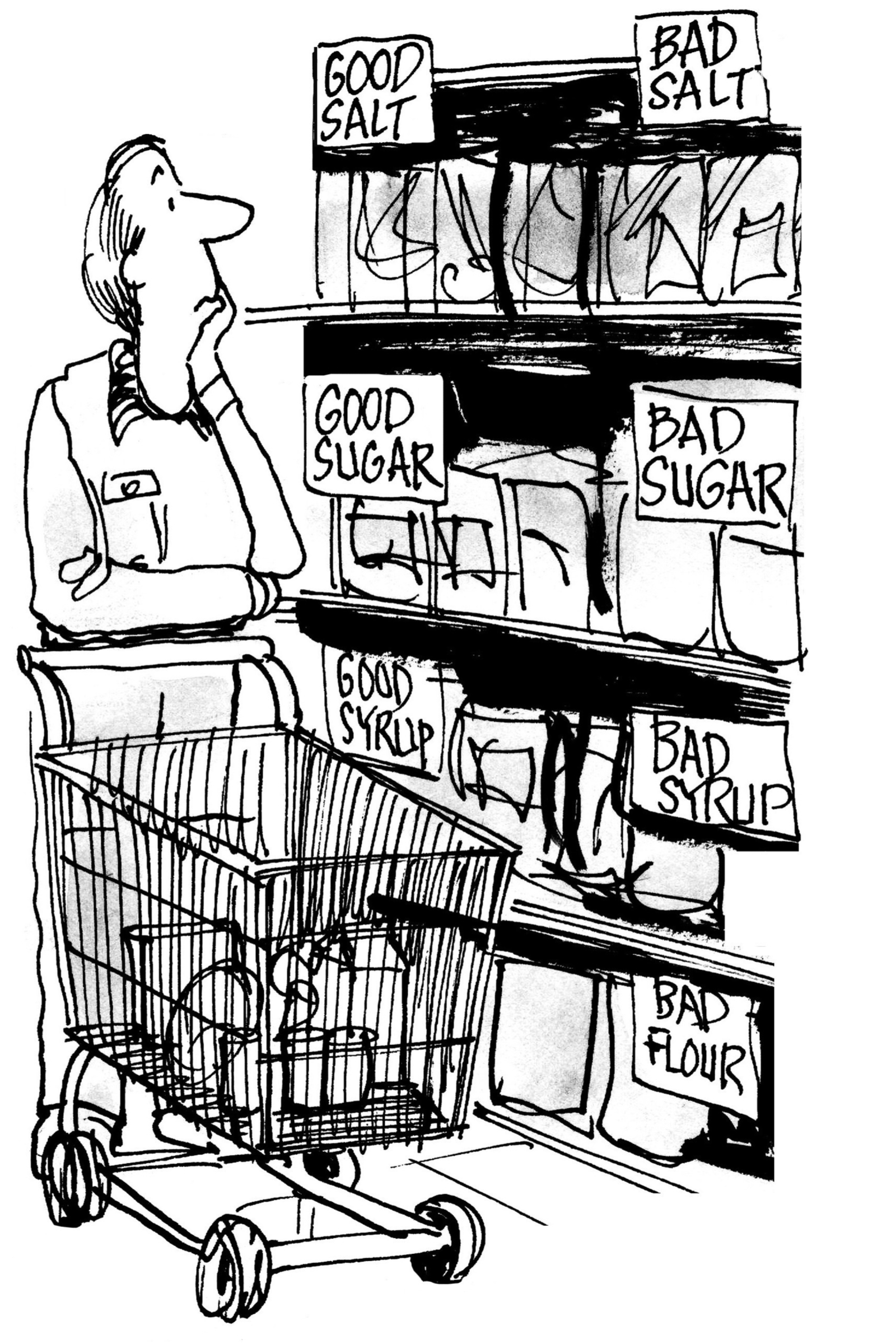
The food epidemic is out of control period. When you walk into your local grocery store with your trusty shopping list in hand, the first thing you notice are the promotional items listed for sale. While you start flipping through it, you get intrigued by the number of discounts across the store.
You start walking into Aisle #1, ready to check off that steel-cut oatmeal on your list, and you run into a slew of your favourite childhood cereals on the shelves. Since you can’t seem to find the steel-cut oats, so you settle for some of the new sugary corn flake cereal on sale.
Now moving into the fresh produce section, trying to look for some baby carrots and you see the new vegetable chips. When you pick up the new vegetable chips, you cringe a little and you start to think, why shouldn’t I just get real chips instead?? So you drop the bag of vegetable chips and proceed to get your favorite bags of Doritos.
Lastly, the final item in your list is to get some eggs so you move into the diary section. On your way, you notice in one of the freezer shelves that there is a new microwavable cheesy breakfast burrito wrap! You divert from the real eggs and grab those breakfast burritos off the shelves. Since the packaging looks really friendly and the labels say it’s made with real egg ingredients, it must be legit right?
“Does this sound familiar to any of you??”
With problems such as obesity, heart disease, and diabetes becoming more common with each passing day, we look at our list of suspects as to what is contributing to this food epidemic as it affects not only our shopping habits but more importantly our everyday health:
For those who don’t know
Long story short, Michael Moss is a Pulitzer Prize winning author and reporter who is tackling the world’s obesity epidemic by encouraging the public to be conscious about which foods we consume in our everyday lives.
Suspect #1: Salt
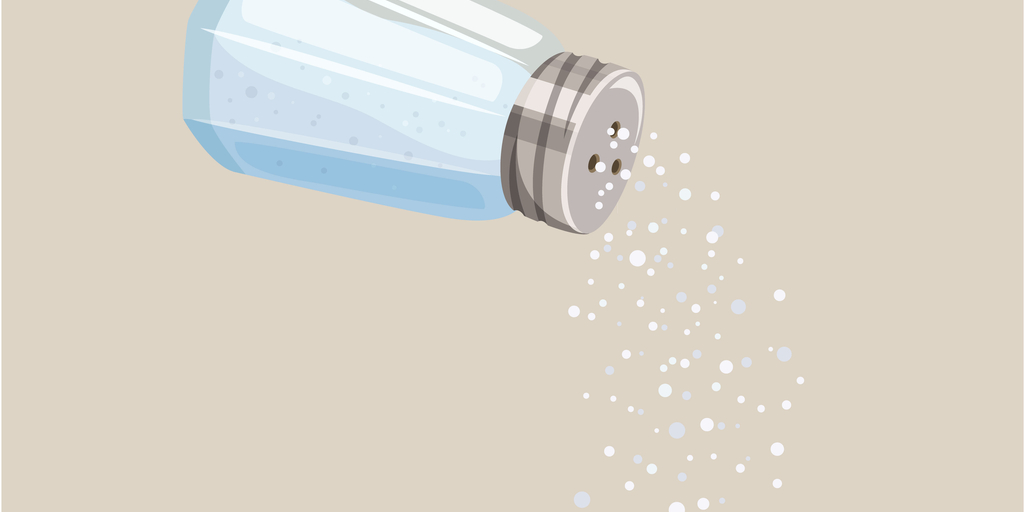
To be fair to our “friend” salt, our first suspect isn’t actually salt, it’s a component of salt called sodium. However, it is almost impossible to find any foods without any traces of sodium. According to Moss, sodium serves many purposes for food manufacturers such as prolonging shelf-life, binding chemical ingredients together such as protein & fat, and masking the stench of an unwanted taste. While the benefits of sodium tend to be seen as harmless, what makes it dangerous is when these food manufacturers develop ways to abuse its usage to trick consumers into obsessively eating certain foods.
Companies such as Frito-Lay hired a Chief Scientist with the responsibility of developing addictive tastes that humans would crave. When products such as Chicken Noodle Soup and Potato Chips are made, their natural bland taste is masked with excessive amounts of sodium. Combine a masked taste with adding addictive flavors, these sodium filled foods would lead to tons of repeat purchases due to compulsive snacking. If you think about it, when was the last time you had a giant bag of potato chips and took only 1-2 chips instead of devouring the entire bag?
While it may not seem bad if the only the side effect of sodium is its addictiveness, nonetheless, an unhealthy amount of sodium actually does cause harm to the human body, in particular, the kidneys.
Suspect #2: Sugar
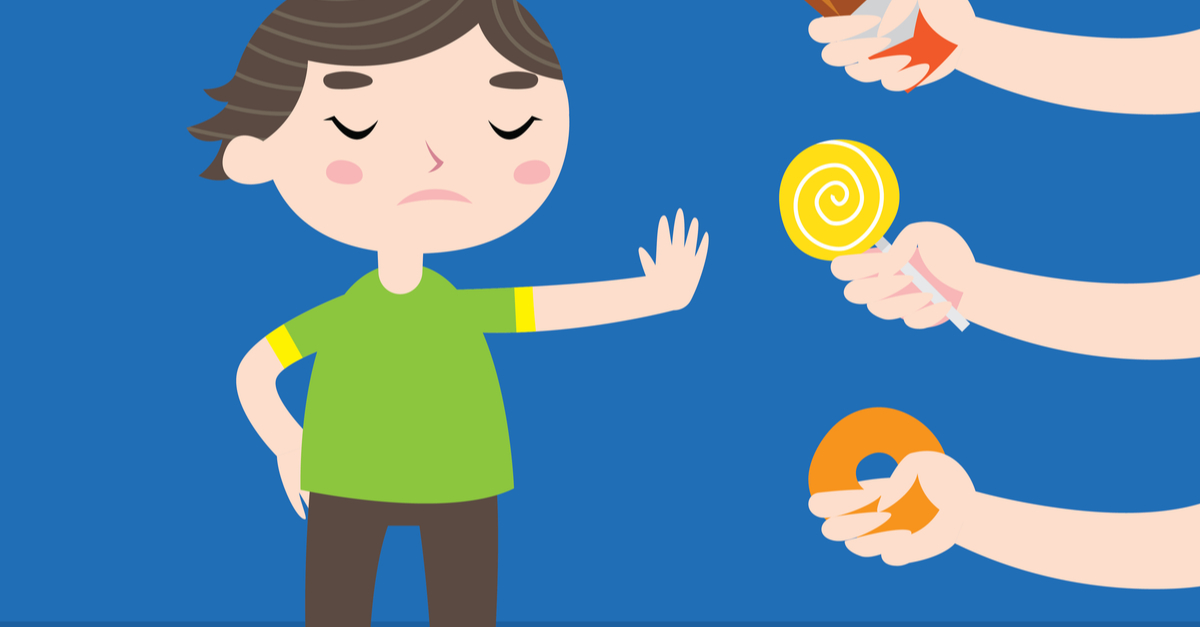
Moving on, let’s take a look at our second suspect and public enemy number one, Sugar. Looking back at our primal ancestors, one of few ingredients humans are hard-wired to consume is sugar. The reason why the taste of sugar is hard-wired into our bodies is that finding sugar back in the hunter-gatherer days was extremely difficult, and once found, our human ancestors would devour it instantly because they would not know the next time they would find it.
With this in mind, food manufacturers understood this concept and applied it in order to make their packaged meals and snacks as addictive as possible. One of the methods they use is the product line extension, where food manufacturers would try to occupy as much space on grocery shelves by creating endless variations of existing products through additional flavours, adjusted packaging and promotional endorsements. With sugar in play, food scientists can experiment with endless combinations of flavors through soft drinks such as Original Coke, Cherry-Coke, Vanilla-Coke or even pasta sauces like spicy, plain and extra chunky. By occupying the majority of the shelf space, the food manufacturing giants were able to diversify their product line, giving more snacks to hook consumers onto their brand.
In addition to this, what made sugar so special was the fact that food scientists studied and discovered the perfect portion of sugar that should be incorporated into certain products. What led them to this discovery was the understanding that there was a sensory-specific satiety in the brain, which means there is a tendency for unique flavors to satisfy the body. As a result, these food scientists came up with the perfect portion of sugar to incorporate into their foods which were known as the “bliss point”.
Suspect #3: Fat
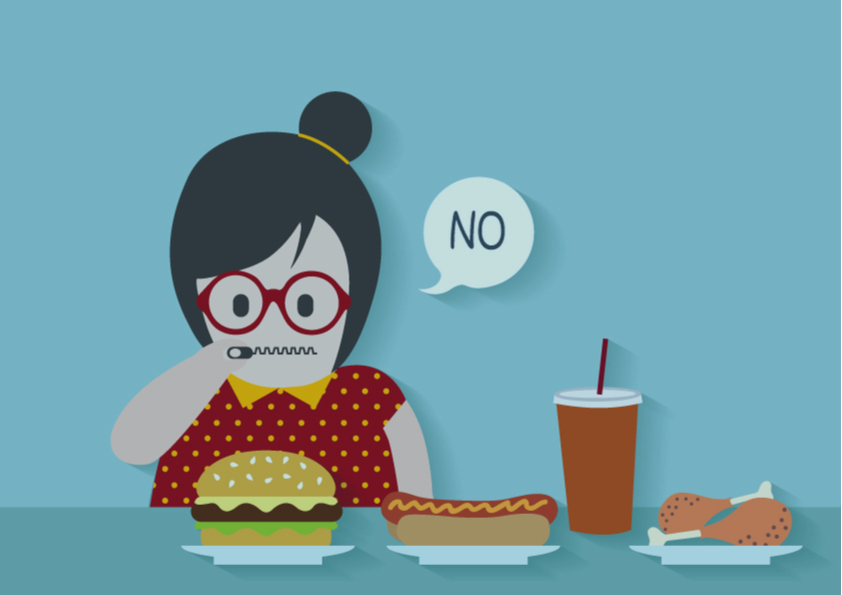
The stigma on Fat has changed over the last several years. With emerging superfoods like avocado & coconut oil, combined with trendy eating habits like the ketogenic diet, society had developed a healthier relationship with fat. However when Moss refers to Fat, he’s referring to the Fat used to make processed cheese, deli meats and cream-based foods. When these food manufacturers incorporate fat into their mix of ingredients, their sole purpose is to clog our arteries and increase the risk of heart attacks & strokes (Just kidding!! but we’ll dive into this).
What the food manufacturers do with Fat is that they utilize it as a component to produce certain foods like cheese in a more efficient manner with the process of ultrafiltration. Ultrafiltration involves adding enzymes in the manufacturing process to help ingredients blend in fat molecules in the food. This reduces the time it takes to produce cheese, as traditional cheese would typically like 1-2 years, whereas processed cheese only takes up to a few days.
This new type of technology created an abundant supply of dairy with the government subsidizing it. In the 1980’s, there was a heavy promotion of the use in dairy in our everyday foods by incorporating cheese into anything from cream cheese & nacho cheese, to chicken breast stuffed with cheese. Similar to sugar, fat had addictive qualities that the human body craved, as consuming it affected sections of the human brain that felt pleasure and reward. During this period, health issues such as diabetes & high cholesterol were associated with the increase in fat consumption, specifically saturated fat. Activists started to grow on this trend to reduce the consumption of red meat and cheese as they contain high contents of saturated fat. Nonetheless, the food giants would collectively work with the USDA in continuing to promote and subsidize these foods since it created lucrative economic opportunities.
Final Verdict: The Food Industry Giants

Moss’ research reflects how nasty this “food industry” illuminati collectively takes advantage of the public for profitability.
“While salt, sugar and fat harm our body, they are just ingredients by themselves. Instead we should look at the collective group of food industry giants who decide to utilize these ingredients to manipulate the public.”
This is done through an engineered buying process to drive sales and market these initiatives to make us want their products at the expense of our mental and physical health. Tactics like extending product lines, infusing addictive ingredients and incorporating savvy marketing tricks are done to work around the raising concerns of how these products are affecting our health. Moss explains that there is no way to force these food establishments to tear down their businesses. They are backed by powerful government bodies and shareholders with deep pockets with a lust for greed. However, all hope is not lost as we have the power to make our OWN decisions.
Final Verdict: The Food Industry Giants

Many have tried to find ways to reduce the salt, sugar and fat issue. Suggestions such as putting regulations in place, imposing a sin tax and even boycotting these organizations have been attempted.
However despite the whole world is going against us, when it comes to making healthy choices in what we eat, ultimately, it is still in OUR power to make OUR own choices.
While it is a lot easier said than done, there is a way to build a system to be aware of what we consume in our everyday lives. Basic practices such as reading the food labels when visiting a grocery store, controlling our portions through calorie counting, or most importantly self-awareness of how our bodies feel are crucial in making our choices count.
When shopping for our everyday foods, think of our buying power as a vote in an election poll. The more we buy off one category of food, means that it is the foregone cost of supporting and voting another category of food. Would you rather support that unhealthy sugary cereal OR that organic oatmeal?? Would you rather eat that bag of potato chips and feel disgusting OR eat those baby carrots and feel amazing?? The choice is ALWAYS yours to make.
If you would like to give Michael Moss’ Salt, Sugar, Fat a read while supporting the blog feel free to click here:
Sources for this post:
#1: www.bookbrowse.com/biographies/index.cfm/author_number/2277/michael-moss.
#2: Moss, Michael. Salt, Sugar, Fat: How the Food Giants Hooked Us. WH Allen, 2014.
#3: “Why Is Sugar so Addictive?” BBC, BBC, 22 Mar. 2013, www.bbc.co.uk/science/0/21835302.



